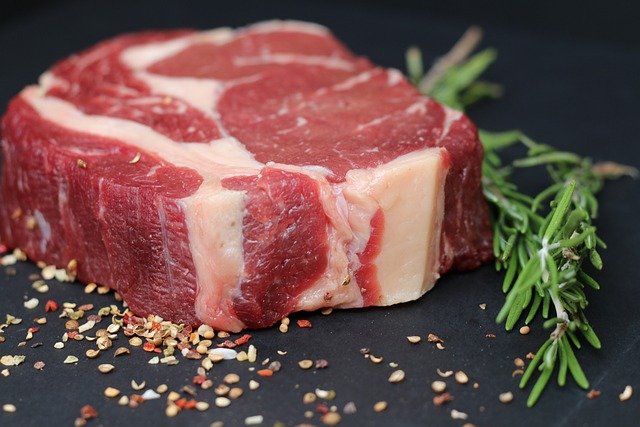Incorporating Conserves and Pickles into Modern Recipes
Conserves and pickles are versatile preservation techniques that bring texture, acidity, and concentrated flavor to contemporary dishes. This article explores practical ways to use preserved ingredients in everyday cooking, from simple snacks and mealprep to seasonal baking and grilling ideas.

Conserves and pickles are time-tested methods of preservation that do more than extend shelf life: they concentrate flavor, introduce acidity, and offer textural contrast that suits contemporary cooking. Modern recipes increasingly use these preserved items as intentional ingredients rather than pantry afterthoughts. Whether you reach for a jar of fruit conserve, a crisp pickle, or a fermented relish, these items can elevate sauces, salads, snacks, and main courses while supporting sustainability through reduced food waste.
How do conserves fit into modern recipes?
Conserves—fruit- or vegetable-based spreads cooked with sugar or other preserving agents—work well as more than spreads. In savory cuisine, a spoonful of onion or tomato conserve can deepen sauces, glaze roasted protein, or balance spicy dishes. In baking, conserves provide concentrated fruit flavor in tarts, thumbprint cookies, or layered cakes without extra moisture. When selecting ingredients, consider texture and sugar level: softer conserves blend into dressings, while chunkier varieties add bite to crostini or cheese boards.
Can pickles change grilling and baking outcomes?
Acidic pickles and quick-pickled vegetables introduce brightness that cuts through char and fat when grilling. A tangy pickle relish pairs with grilled meats, balancing smoky flavors and adding crunchy contrast. In baking, finely chopped pickles or pickled peppers can appear in savory biscuits, breads, or laminated doughs to add a savory edge; moderate use prevents excess moisture. Using pickled liquid as part of a marinade or BBQ sauce can also impart nuanced acidity and depth during grilling.
What pantry ingredients pair well with preserves?
A well-stocked pantry helps you integrate conserves and pickles into everyday mealprep. Staples such as olive oil, vinegars, dried herbs, and common spices turn a small jar of conserve into a quick dressing or glaze. Canned tomatoes and broths extend conserves into soups or stews, while nuts and seeds create texture contrasts atop preserves-topped salads. Think of conserves and pickles as seasoning-level ingredients—like a concentrated spice—that can be balanced with starches, proteins, and fresh produce from your pantry.
How do spices and seasoning work with fermented foods?
Fermentation and pickling often develop complex flavor profiles that interact dynamically with spices and seasoning. Fermented pickles bring umami and acidity; they pair well with warm spices like cumin or smoked paprika and bright herbs such as dill or cilantro. When seasoning dishes that include fermented components, reduce added salt and acid until you taste the finished dish. Brewing techniques—such as infusing brines with tea or beer—can further layer flavors, making preserved items versatile building blocks in modern recipes.
Are pickles and conserves useful for mealprep and snacks?
Yes. Conserves and pickles are convenient for mealprep because they store well and provide ready-made flavor boosts. Add a spoonful of fruit conserve to morning yogurt or oatmeal for consistent fruit flavor without daily prep. Pack pickled vegetables as snackable sides or use them in bento-style lunches to add variety and balance. Their long shelf life supports batch cooking and sustainability by making use of seasonal surpluses, turning excess fruit into preserves or short-run fermented batches into crunchy snacks.
Do conserves and pickles support nutrition and sustainability?
Preservation methods like canning, pickling, and fermentation can contribute to nutrition and sustainability when done thoughtfully. Fermentation often increases microbial diversity and can enhance digestibility of certain foods; however, sodium content can be higher in some pickles, so balance is important for nutrition. From a sustainability perspective, turning seasonal produce into conserves or pickles reduces waste and extends the usefulness of harvests. Proper storage, labeling, and sensible portioning in mealprep help minimize energy use and food loss.
Conserves and pickles are versatile components that modern cooks can use across cuisines and techniques—baking, grilling, fermentation-inspired sauces, or simple snacks. By treating these preserved items as purposeful ingredients rather than mere condiments, you can add acidity, texture, and concentrated flavor to recipes while supporting pantry efficiency and sustainable habits.





